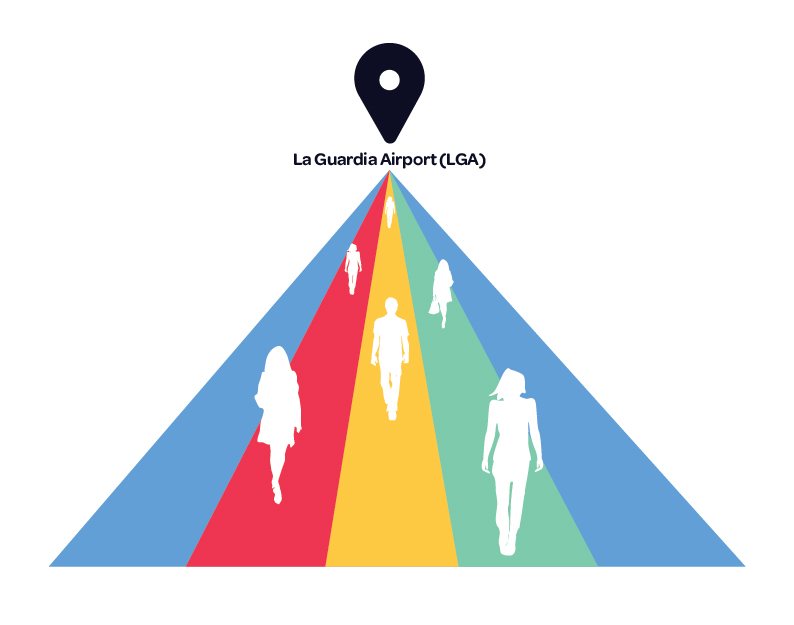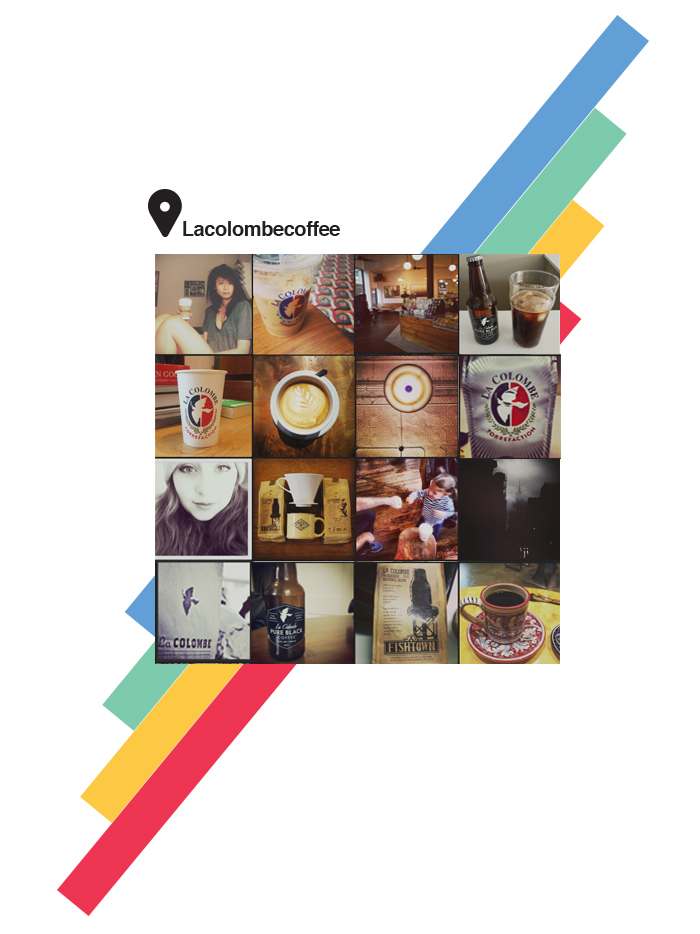‘Location, Location, Location’: The Geo-tag is Consumer Driven Marketing

 Social media creates shared human experience. People upload pictures on Facebook and write their inner-less-than-140-characters-thoughts on Twitter. Businesses employ a wide range of marketing mechanisms through the ever-expanding vehicle of social media. From interacting with their customers on Twitter to promoting new trends on Facebook, social media plays a predominant role in a company’s marketing techniques.
Social media creates shared human experience. People upload pictures on Facebook and write their inner-less-than-140-characters-thoughts on Twitter. Businesses employ a wide range of marketing mechanisms through the ever-expanding vehicle of social media. From interacting with their customers on Twitter to promoting new trends on Facebook, social media plays a predominant role in a company’s marketing techniques.
However, equally as important is the evolving role of the consumer in using social media to drive business. Social media implies a certain degree of showing off. No feature of social media better allows this than the concept of geo-tagging, or virtually checking-in to the various, often aesthetically pleasing, places you go. Now, your friends or followers do not merely need to marvel at the places you are visiting, but they can track its precise location, down to the very longitude and latitude coordinates. This gives the consumer a new form of responsibility in increasing business.
With the overwhelming use of geo-tagging on all social media venues comes the creation of consumer-driven marketing. Companies may use location as a means of providing incentive to customers, such as providing discounts for those who ‘check-in’ to their establishment. However, more impactful is the customer’s own potential to impact business. For instance, frequently friends tell me they follow my own Instagram account as a means of figuring out which restaurants to eat at. A self-proclaimed ‘foodie’ (a word formally defined in the dictionary), my pictures of egg yolks atop French fries and red velvet pancakes serve as a restaurant guide to those who follow me.
By uploading a photograph with a location, your friends and followers not only, literally, drool over your picture of chicken and waffles, but also they can track the precise location of where you are enjoying this. Even better, they don’t have to stare at your photo, but they venture to the place themselves.
Moreover, the extent of the power embedded within the geo-tag extends beyond the world of #food. Recently, on a trip to New York, geo-tags allowed me to figure out which art galleries to visit. Deemed, “particularly friendly for Instagrammers,” an abundance of photos from the new Yayoi Kusama exhibit at the David Zwirner Gallery, compelled my visit to the gallery. From hotels to salons, all businesses benefit from the potential of their own customer’s geo-tagging. If a picture is worth its alleged 1,000 words, than photography (with easily accessible locations) can drive consumption.
Rather than looking on Yelp or reading reviews, a person can look at all enticing photographs associated with a particular location. With the geo-tag you needn’t call your friend to ask where they went on vacation. All you have to do is click on the location and a collection of all photos from this place will pop up. The only trick to businesses: create something particularly unique. People are inclined to go somewhere for the smallest detail. The oyster that comes atop the Bloody Mary makes for an excellent geo-tag. You won’t be able to resist going in and posting one for yourself.
Erica Grubman is an Integrated Market Associate at Otherwise Incorporated.
Illustration Credit: Enric Turull, Graphic Designer at Otherwise Incorporated.









